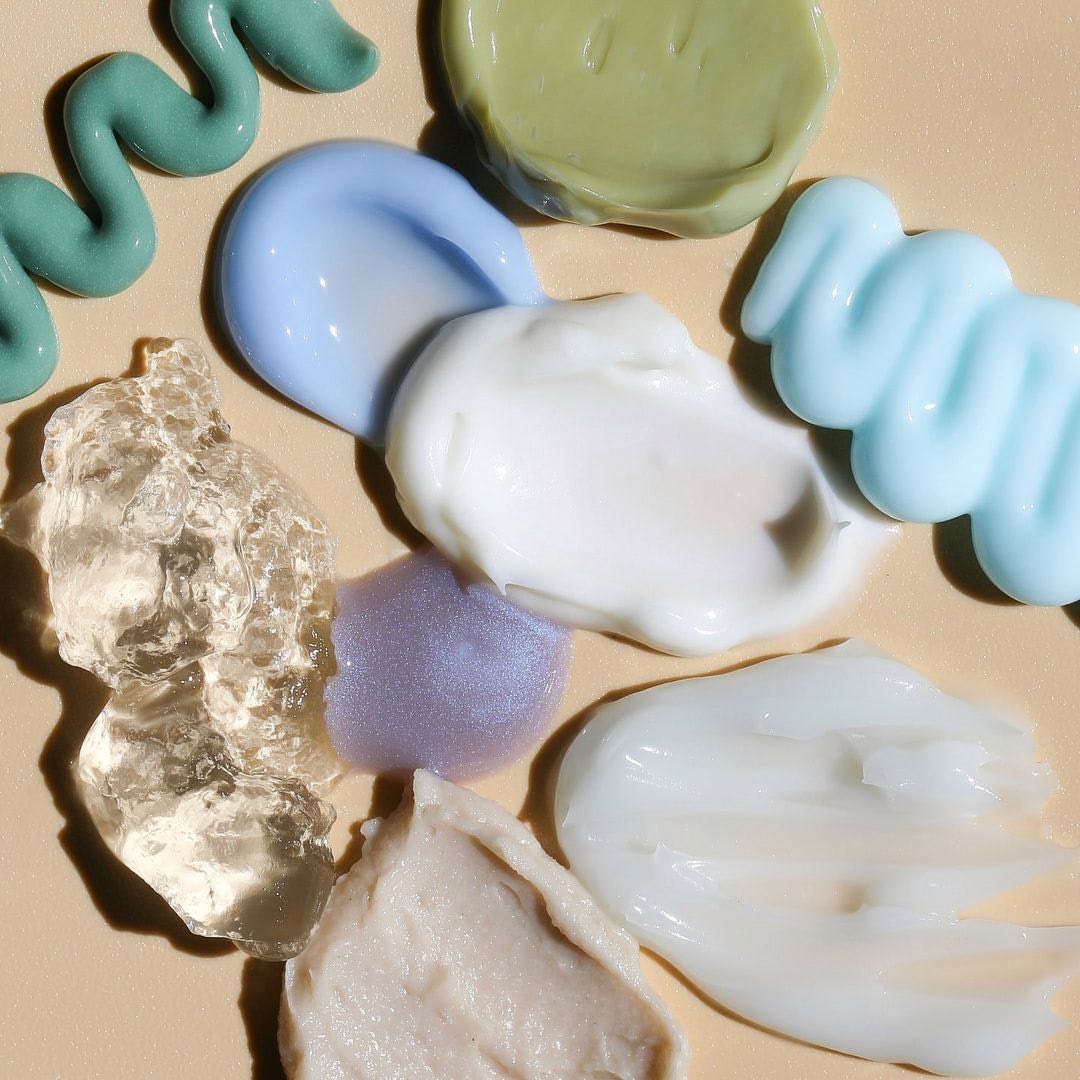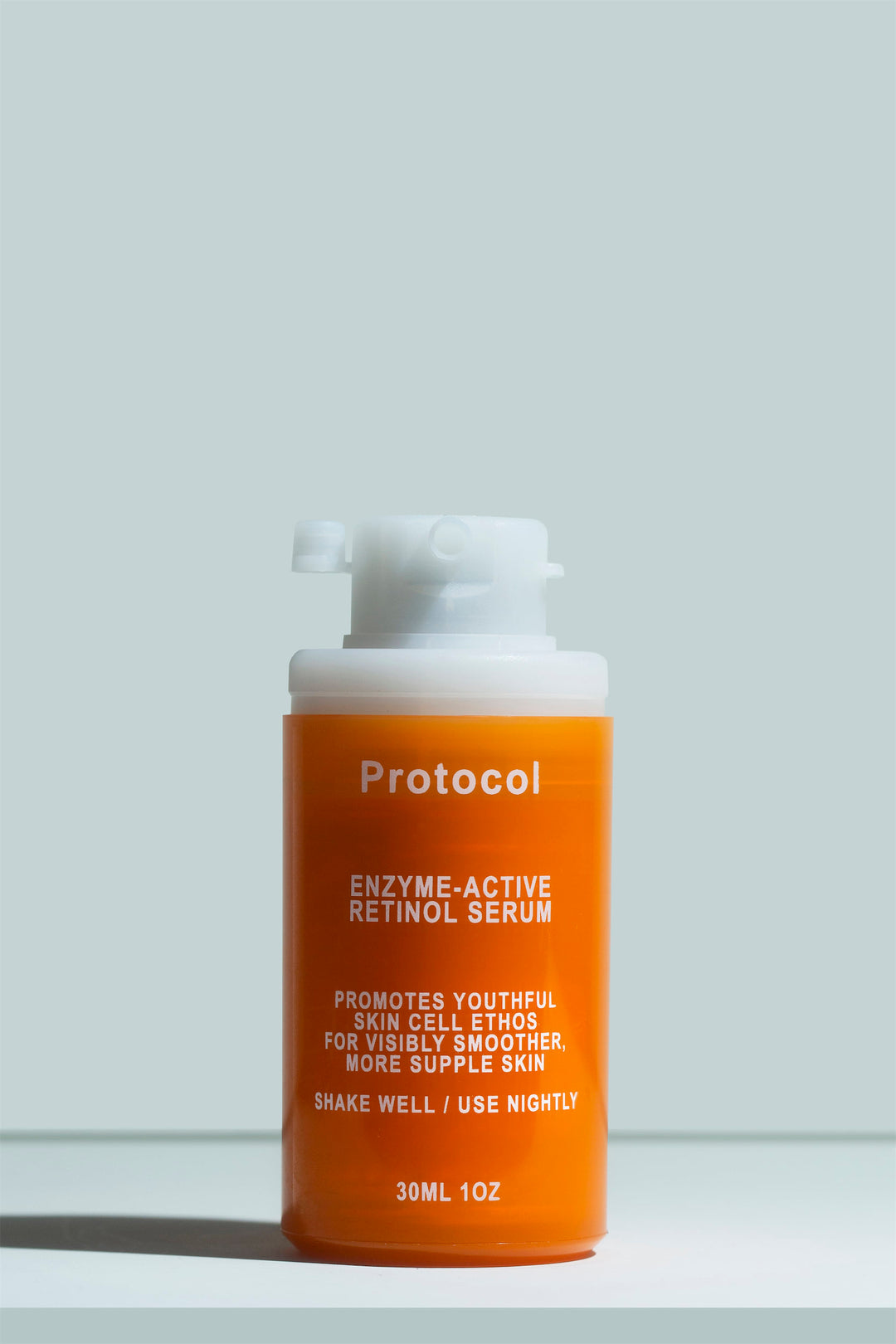Essential Moisturizing Ingredients: What’s In a Cream?


A moisturizer is the most fundamental skincare step in every routine. You can feel the difference it makes in your skin immediately - from dull, rough, and dry, the skin transforms immediately into smooth, springy, and blissfully moist.
But what are the moisturizing ingredients that actually make your lotion or cream work?
There are four main ingredient categories that make up a moisturizer, and of them, three will
directly help keep water in the skin: Humectants, occlusives, and barrier-repairing ingredients.
All of these ingredients are actually part of our skin’s natural defense mechanism but age, rough treatment, and exposure to the elements cause them to deplete. That’s why every good moisturizer will include at least a few of them.
In this post, we’ll discuss the benefits of these key moisturizer ingredients in detail, and touch on the active ingredients that bolster their effects.
Water-loving humectants
Humectants are water lovers. They soak water right up and do a decent job of holding it in the skin, for direct and immediate hydration. They address dehydration and prevent transepidermal water loss (TEWL).
But where does the water come from? A few places - the actual formula of your moisturizer, your dermis (which sounds scary, but the dermis gets water and nutrients via capillaries, so as long as your body is well-hydrated, this is fine) and, perhaps, the environment (assuming conditions are humid).
Our favorite humectant moisturizing ingredients are glycerin for its perfect affinity for the skin, hyaluronic acid for its impressive ability to hold up to 1000 times its weight in water, and alpha-hydroxy acids which serve a dual function as humectants and exfoliants.
Water-sealing occlusives
Humectants are cool, but when it comes to reducing or preventing TEWL, occlusives are the real heavy hitters.
Occlusives are water-repelling ingredients, which may sound odd, but is supremely useful!
Once applied to the skin, occlusives prevent water from coming and going - this means that if the skin already has water or water-based substances in it, the occlusives seal it in and don’t allow it to escape. They prevent transepidermal water loss very effectively, and they also create a protective seal over the skin, which can be phenomenal if it’s already a little compromised.
They’re usually (though not always) a little greasy or oily. Our favorite occlusives are dimethicone (so silky!), squalene, petrolatum, shea butter, and naturally derived, non-comedogenic fatty acids like stearic acid.
Barrier-repairing ingredients
One of the most interesting approaches to choosing moisturizing ingredients is replacing the ingredients that naturally occur in the gaps between the skin cells (we call them the intercellular lipid matrix of the skin). These are considered barrier-repairing ingredients and include ceramides, cholesterol, and fatty acids.
Our skin normally prevents TEWL all on its own, thanks to the natural moisture-binding functions of those lipids. In other words, we should be able to keep moisture inside our skin naturally.
But as we mentioned above, there are a lot of factors that deplete those lipids and make TEWL worse. That’s why one of the best ways to prevent dehydration without necessarily resorting to heavy occlusives is by supporting and replenishing our intercellular lipid matrix.
Topical products that include these specific, skin-identical lipids can effectively repair and reinforce the skin’s barrier functions. However, it’s important to choose formulas that include enough of those lipids in a ratio that’s similar to the skin’s natural ratio. That means 3 parts cholesterol to 1 part each of ceramides and fatty acids.
A lot of brands will include just one or two ceramides at a very low concentration and claim that they’ve created a “barrier repairing” moisturizer. In reality, those ceramides can’t do much if they’re not complemented by cholesterol and fatty acids, and if they’re not used at a high enough concentration.
Emollients
You may have heard about emollients as essential moisturizing ingredients, but they’re actually not in our top three.
Don’t get us wrong. We love emollients in a moisturizer - they help to fill in gaps in the stratum corneum and smooth down the dead skin cells, making the skin much softer and smoother to the touch. They’re absolute classics that beautify the skin immediately.
As far as actual skin benefits go, however, emollients are only useful if they’re also occlusive, barrier-repairing, or humectant. Some clinicians even consider emollient and barrier-repair ingredients one and the same.
In other cases, the term “emollient” is actually used to refer to any moisturizer or moisturizing ingredient, so consider our definition the one most frequently used by cosmetic formulators.
Actives for barrier reinforcement
Finally, the last ingredient category is “actives.” These are molecules that confer additional benefits to a moisturizer, beyond moisturization and TEWL prevention.
You may already be familiar with active ingredients like retinol, AHA, or vitamin C. While these ingredients can be added to a moisturizer, the skin is more receptive to them when they’re formulated as water-based serums, without occlusives that block penetration.
However, some actives are perfectly effective in cream formulas! Our top active ingredient is niacinamide. Like barrier-repairing ingredients, it’s also an excellent choice for both long and short-term support.
Applying a blend of cholesterol, ceramides, and fatty acids in the right ratio will replenish your natural protective lipid layer.
But niacinamide is a do-it-all molecule that tells the skin to create more ceramides while also giving antioxidant protection, preventing inflammation, and seriously supporting the anti-aging, brightening, and skin-smoothing actions of retinoids.
Stay Ingredient Literate, Stay Moist
When considering whether we should buy a moisturizer, one of the first things we do is flip the bottle or box over. We totally ignore that front panel - the information we want is on the back panel, where the moisturizer’s ingredients are listed.
Water is always in the number one spot, but after that, we want the next few ingredients to be occlusive, humectant, and barrier-repairing.
In our Hyaluronic Acid & Niacinamide Hydration Cream, we included glycerin and hyaluronic acid for humectancy, lightweight fatty acids for occlusion, and the clinically-recommended amount of niacinamide to bolster barrier repair and support the effects of our Retinol Serum. It’s a creamy, smooth formula that feels silky and non-greasy on the skin but provides long-term hydration.
The difference between expensive and cheap moisturizers is often just a question of marketing and cosmetic elegance, especially if there aren’t additional active ingredients to bolster the formula. If all you’re after is simple but effective moisturization, you can find great products at the drugstore.
To learn more about the importance of keeping the skin hydrated, check out our guide to transepidermal water loss.
Want to learn which products and ingredients aren'ty worth your hard-earned cash? Check out the products our lab team doesn't waste money on.





